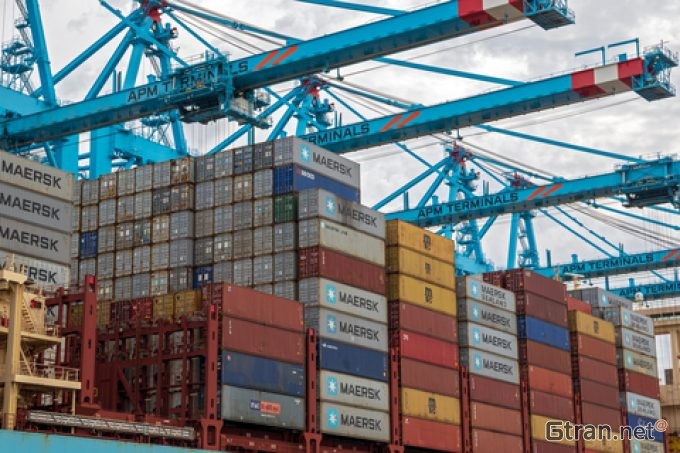With container spot rates below ocean carrier unit operating costs on some routes, shipping lines are increasingly focusing on billing customers with a myriad of surcharges to boost revenue in what is predicted to be a tough period.

In addition to the baffling EU Emission Trading System (ETS) surcharges carriers trading to and from the EU will levy from 1 January, currently ranging from €14 to €47 per teu, shippers can look forward to a variety of fees being tagged onto their FAK [freight all kinds] base rates.
Among this raft of new charges will be Panama Canal, war-risk and possibly Suez Canal surcharges, as the latter waterway prepares to hike toll fees by some 15%.
In addition to terminal handling, terminal security, fuel and low-sulphur fuel charges, shippers may also be persuaded to pay so-called ‘green fees’ to carriers to reduce their emissions.
And ancillary charges, such as the big hikes in documentation and bill of lading release fees at some Indian ports, are also being ramped up by carriers, where regulators allow, in an attempt to squeeze the maximum return from shippers within a captive environment.
Maersk has said that from 1 January it will introduce a ‘container shifting’ charge at various ports in North Europe and the Mediterranean to cover re-stows it might carry out on its ships for a variety of reasons.
Here’s one example: for extra container move, where the container origin is Ireland, shippers will be charged €55 per box – but for France the charge will be €150, and for the UK, £60.
Maersk explained to customers: “This charge is for additional operational expenses due to extra container moves for reasons like re-stacking because of a change of destination or vessel, or moving of the container from load stack to gate.”
It said it did not cover extra moves related to customs inspections, or to facilitate the stuffing or stripping of the container, as these services were already covered by separate charges.
“I can’t see how they can get away with that, as it would rarely be the shipper that causes the re-stow and much more likely to be a change of port rotation, or transhipments in the line’s network that results in containers being re-stacked,” a UK-based NVOCC contact told The Loadstar.
“And as for being charged extra to move a box from the load stack to the gate, that is not a fee that shippers would normally pick up anyway,” he added.
Notwithstanding justification of the new re-stacking charge, it begs the question as to how in practice this would be monitored between the vessel operations and the commercial billing departments of the line, given that re-stows at a port are billed in the final stevedoring charge from the terminal operator and are sometimes included within the contract.


